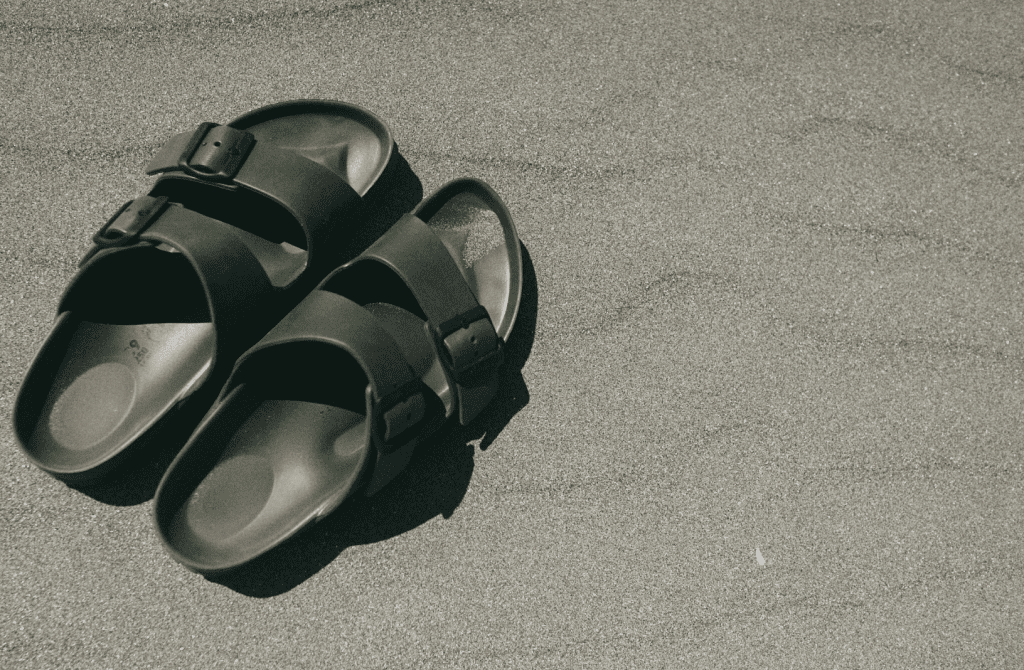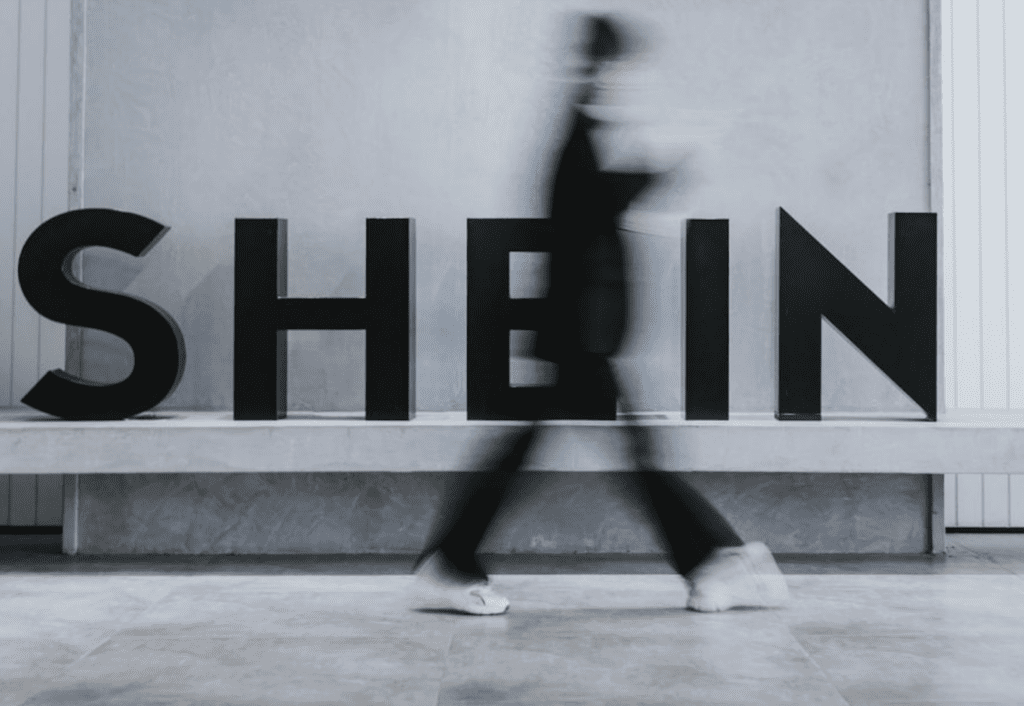The pace of initial public offerings hit a “new low” in the second quarter of 2023, according to S&P Global, “as central banks around the world tightened monetary policies, pushing costs to unattractive levels for potential investors.” Despite efforts by the U.S. Federal Reserve and other central banks to fight “persistently high inflation with higher interest rates, after keeping them near zero during much of the pandemic,” companies are not rushing to go public due to the high cost of financing. Things may be turning around, though, with the number of stateside IPOs expected to increase as the Federal Reserve and other central banks move toward an end of rate hikes.
British chip-maker Arm Holdings’ highly anticipated Nasdaq listing – which saw it raise $4.87 billion in September – brought some initial optimism to the market. Later on in September, grocery delivery company Instacart started trading on the Nasdaq, and on the fashion/retail front, Birkenstock listed on the New York Stock Exchange on October 11 in an offering that has been touted as a “test [of] the new-issue market,” with the Wall Street Journal stating that how the German footwear maker’s stock trades “could help determine the tone of an IPO market that has shown signs of life after a long period of quiet.”
So far, the results have been less than stellar across the board, with Arm, Instacart, and L-Catterton-backed Birkenstock losing their initial gains and largely trading below their IPO prices of $51, $30, and $41, respectively. After dropping its price per share from an initial $46 to $41, Birkenstock finished its first day of trading down nearly 13 percent, nabbing it the title of the worst debut by a company worth more than $1 billion in nearly two years in the process, according to Bloomberg. Analysts have pointed to “an overvaluation of the company, a hesitation to buy into a market that is still trying to right itself, and a lack of confidence in the footwear sector” as contributing to Birkenstock’s “lackluster performance,” Modern Retail reported. “Together, these factors could make other brands cautious about pursuing an IPO in the coming months under similar economic conditions.”
The Impact of Intangibles
Against the background of an evolving market and in light of reports about what companies are expected to list next (names like Shein, Italian footwear brand Golden Goose, Kim Kardashian’s SKIMS, Tory Burch, sustainable fashion brand Reformation, e-commerce tech company Rokt, activewear-maker Vuori, and Spanish fashion retailer Tendam have been raised), one element worth considering is intangible assets. After all, it is well established that the value of intangible assets, including intellectual property, can make up a large portion of a company’s market value, and thus, make for a critical consideration in investment decisions.
This is a short excerpt from a Deep Dive that was published exclusively for TFL Pro+ subscribers. Inquire today about how to sign up for a Professional subscription and gain access to all of our exclusive content.











